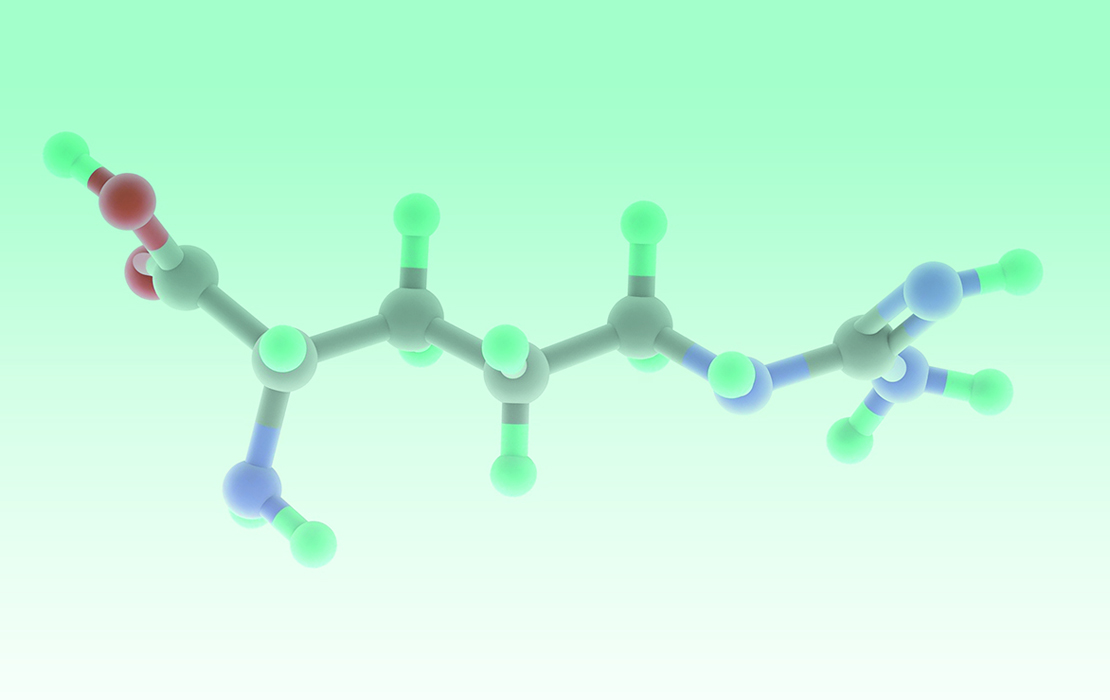ADA urges FDA to include added sugar in definition of ultra-processed foods

ADA leaders are calling on federal regulators to make added sugar a core element in any formal definition of ultra-processed foods.
In an Oct. 20 letter to the Food and Drug Administration and the U.S. Department of Agriculture, ADA President Brett Kessler, D.D.S., and Interim Executive Director Elizabeth Shapiro, D.D.S., J.D., urged both agencies to explicitly include added sugars when finalizing a uniform definition for ultra-processed foods. The letter is in response to a request for comments published in the Federal Register July 25.
The ADA’s position is grounded in its longstanding policy on sugar and its role in dental caries, the most common chronic disease among both children and adults. According to the letter, no amount of sugar consumption is risk-free for oral health, and the average American still consumes far more added sugar than recommended daily limits.
The ADA cited the scientific consensus linking excessive sugar intake with systemic and oral health problems, including tooth decay. The Association has already expressed support for a broad definition of ultra-processed foods as “industrial creations reformulated with little if any whole foods, often additives, and containing large amounts of added sugar and salt.”
The letter emphasized that from a dental perspective, there is no threshold of sugar intake that is risk-free for dental decay, as sugar increases the build-up of plaque.
While Drs. Kessler and Shapiro acknowledged that not all processed foods meet its criteria for ultra-processed foods, it said it is both practical and necessary to encourage healthier diets and restrict high-sugar ingredients in food policy. They expressed support for the agencies’ endeavor to create a uniform definition of “ultra-processed foods.”
“Based on the near-universal presence of added sugars in these foods, we strongly recommend that any final definition explicitly incorporate added sugar as a defining attribute,” Drs. Kessler and Shapiro wrote. “Doing so will strengthen the scientific foundation of the definition and support both oral and overall health.”



